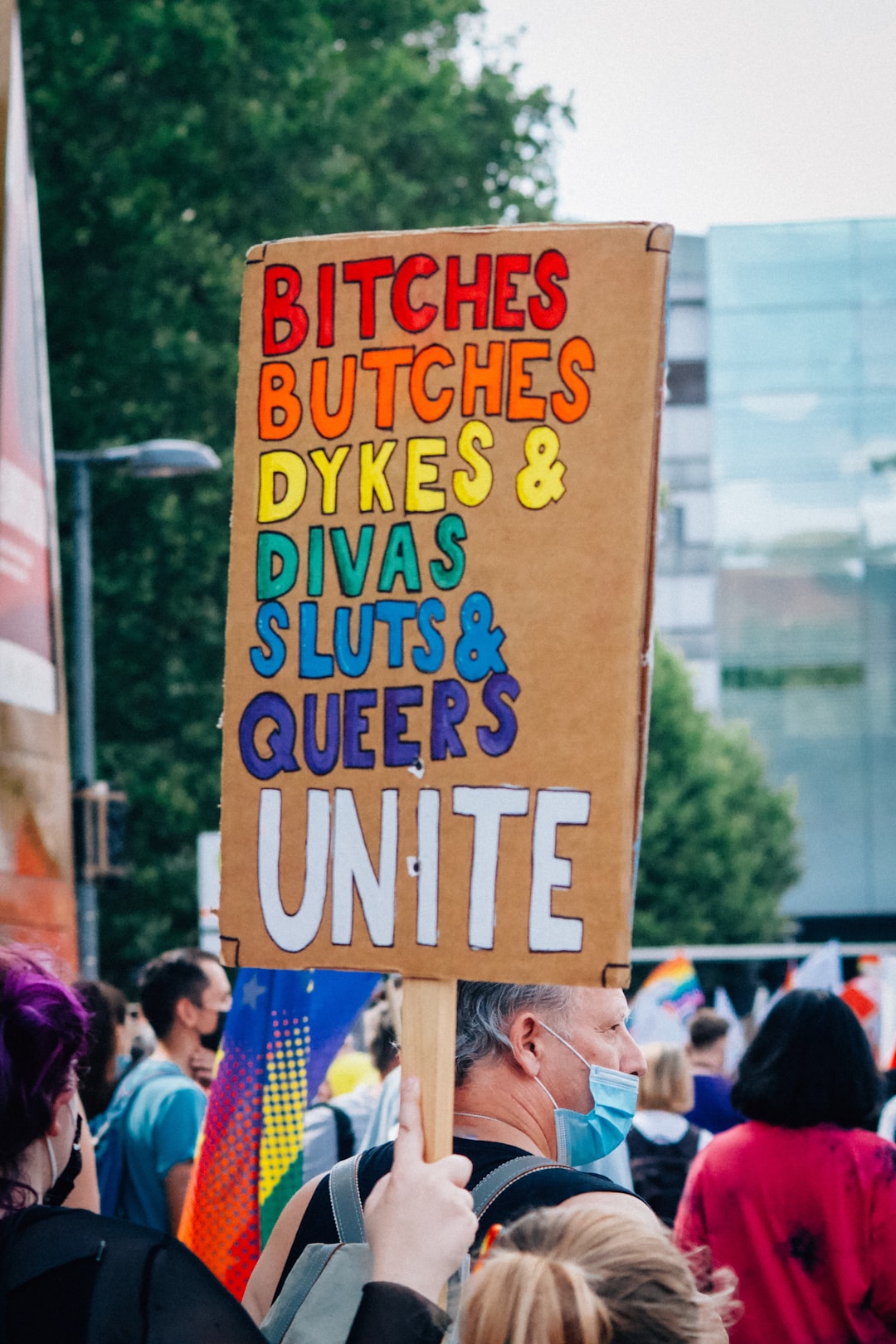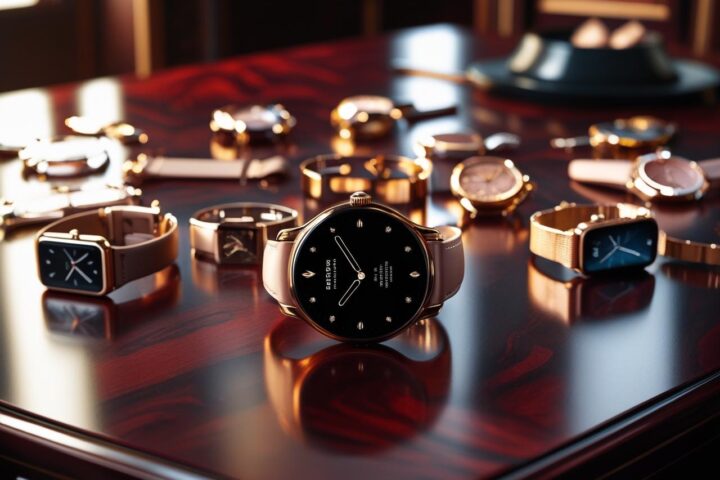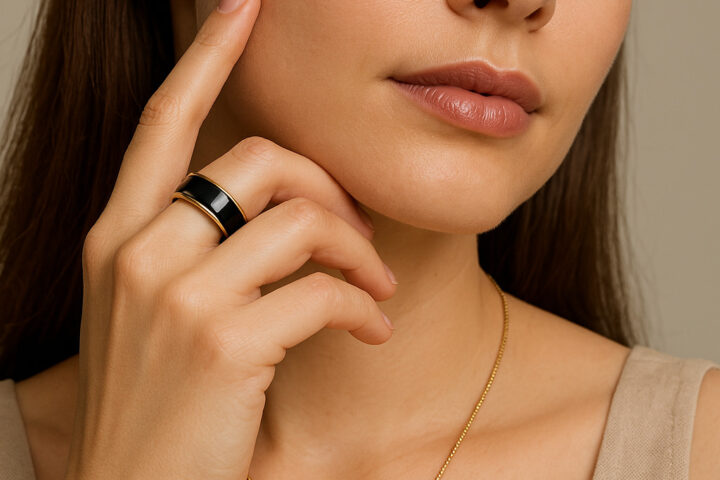Key Takeaways
1. Bisexuality is a complex and diverse sexual orientation that exists among both men and women.
2. Research suggests that women may be more likely to be bisexual compared to men.
3. The concept of bisexuality challenges traditional notions of sexual orientation and highlights the fluidity of human sexuality.
4. It is important to respect and validate individuals’ sexual orientations, including bisexuality.
Introduction
Sexuality is a complex and multifaceted aspect of human identity. While society has long recognized the existence of heterosexual and homosexual orientations, the concept of bisexuality challenges traditional notions of sexual orientation. In recent years, there has been increasing interest and discussion surrounding the question: “Are most women bisexual?” This article aims to explore this topic, providing a broad and informative perspective on the prevalence of bisexuality among women.
Understanding Bisexuality
Bisexuality refers to the sexual orientation of individuals who are attracted to both men and women. It is important to note that bisexuality exists among both men and women, although the focus of this article is on women. Bisexual individuals may experience attraction to both genders simultaneously or at different times in their lives. This fluidity challenges the notion of a fixed sexual orientation and highlights the diversity of human sexuality.
Research suggests that bisexuality is more prevalent among women compared to men. A study conducted by the Centers for Disease Control and Prevention (CDC) found that 5.5% of women identified as bisexual, compared to 2% of men. This disparity raises interesting questions about the factors that contribute to the higher prevalence of bisexuality among women.
Social and Cultural Factors
Social and cultural factors play a significant role in shaping individuals’ sexual orientation. Society has historically been more accepting of same-sex relationships among women compared to men. This greater acceptance may create an environment that allows women to explore their sexuality more freely, leading to a higher prevalence of bisexuality. Additionally, societal expectations and stereotypes about femininity often include an element of attraction to both men and women, further contributing to the perception that women are more likely to be bisexual.
Furthermore, the media has played a role in shaping perceptions of bisexuality among women. Bisexual women are often portrayed in popular culture as sexually adventurous and desirable, perpetuating the idea that bisexuality is more common among women. However, it is important to recognize that media representations do not necessarily reflect the reality of individuals’ sexual orientations.
Biological Factors
While social and cultural factors undoubtedly influence individuals’ sexual orientation, there is also evidence to suggest that biological factors may play a role. Research has shown that women tend to have a more fluid sexual orientation compared to men. This fluidity may be influenced by hormonal factors, such as fluctuations in estrogen and progesterone levels throughout the menstrual cycle. However, it is important to note that the exact mechanisms underlying the relationship between biology and bisexuality are still not fully understood.
Challenging Stereotypes and Embracing Diversity
The concept of bisexuality challenges traditional notions of sexual orientation, which often categorize individuals as either heterosexual or homosexual. Bisexuality highlights the fluidity and complexity of human sexuality, emphasizing that attraction is not limited to a single gender. It is crucial to respect and validate individuals’ sexual orientations, including bisexuality, and to challenge stereotypes and misconceptions surrounding bisexuality.
It is also important to recognize that sexual orientation is a deeply personal and individual aspect of identity. Not all women are bisexual, and it is essential to avoid making assumptions or generalizations about individuals’ sexual orientations based on societal trends or stereotypes.
Conclusion
In conclusion, the question of whether most women are bisexual is a complex and multifaceted one. Research suggests that women may be more likely to identify as bisexual compared to men, but it is important to consider the various social, cultural, and biological factors that contribute to this disparity. The concept of bisexuality challenges traditional notions of sexual orientation and highlights the fluidity and diversity of human sexuality. It is crucial to respect and validate individuals’ sexual orientations, including bisexuality, and to promote understanding and acceptance of the complexity of human sexuality.








